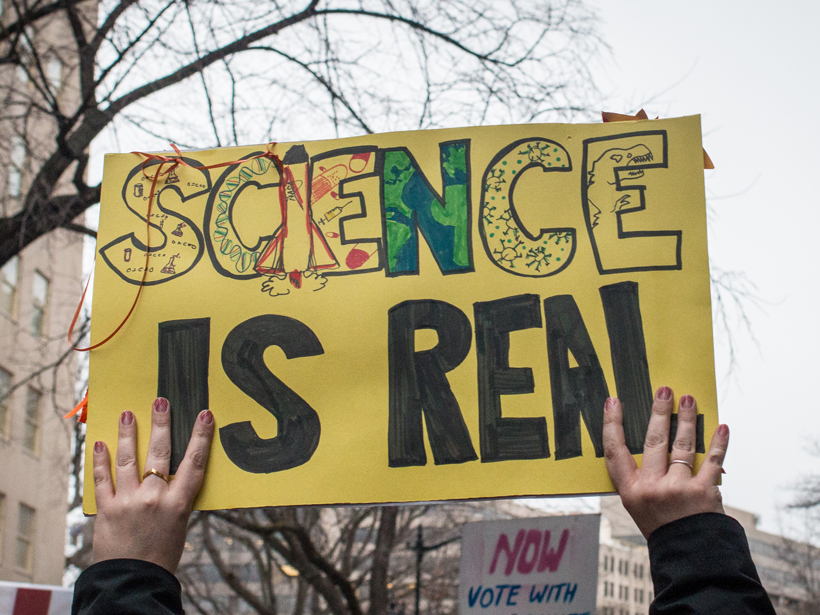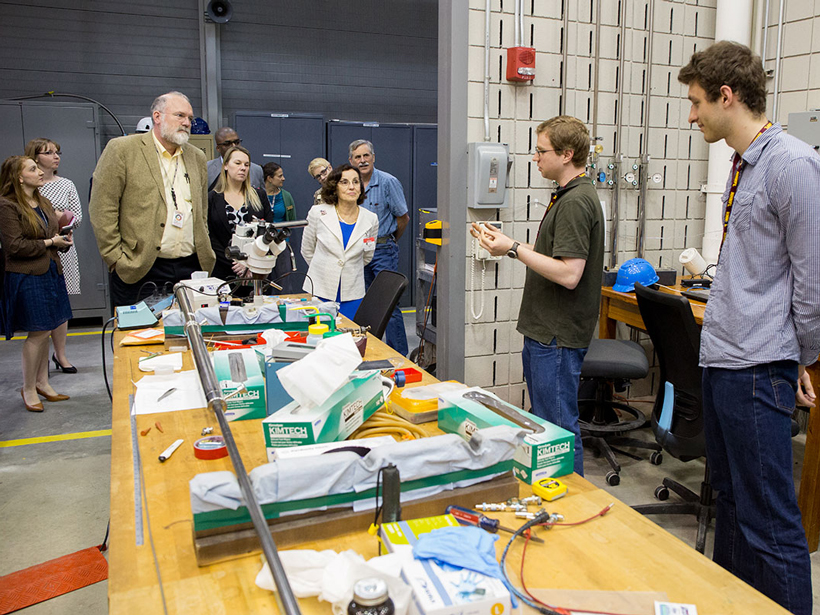Cassini will fly close to Saturn's largest moon one last time. Here's a look back at what the spacecraft has revealed and ahead to scientists' final close glimpses of the moon.
CC BY-NC-ND 2017
Acquiring a Taste for Advocacy
A scientist rethinks his distrust of political engagement.
La Niña Subtype May Have a Big Impact on Aerosols in China
During a newly identified "flavor" of La Niña called La Niña Modoki, aerosol concentrations over different regions of eastern China may depend heavily on the strength of the event.
How Do Microbial Ecosystems and Climate Change Interact?
The American Society for Microbiology and the American Geophysical Union offer insights from a transdisciplinary collaboration of their scientists regarding this question and areas for further study.
An Improved Model of How Magma Moves Through the Crust
Researchers have developed a new numerical model that can, for the first time, solve for both the speed and the path of a propagating dike.
NSF Director Hopes for a Fair Budget
Córdova said that the geosciences "contribute immensely" to the Trump administration's expressed priorities of jobs, national security, and growing the economy.
Establish a Scientific Integrity Advisory Board, Says New Report
Such an advisory board could help scientific institutions and their sponsors uphold legal and ethical standards in scientific research.
As Winters Get Warmer, Sugar Maples May Absorb Less Silicon
Rising temperatures that reduce snow cover leave soils vulnerable to frost, reducing silicon uptake by trees, with potential effects on downstream ecosystems.
How Arctic Ice Affects Gas Exchange Between Air and Sea
Scientists begin to fill a major data gap by investigating carbon dioxide dynamics in a remote region of the Arctic Ocean.
Better Estimates of Clouds' Climate Effects Are on the Horizon
A recent update to an algorithm for processing satellite data could improve understanding of the variable climate effects of clouds composed of different amounts of ice and liquid.










